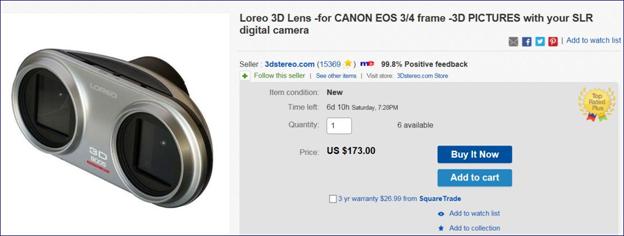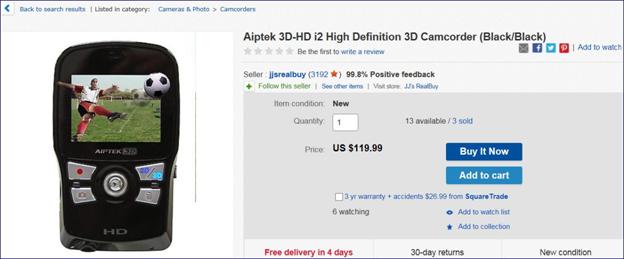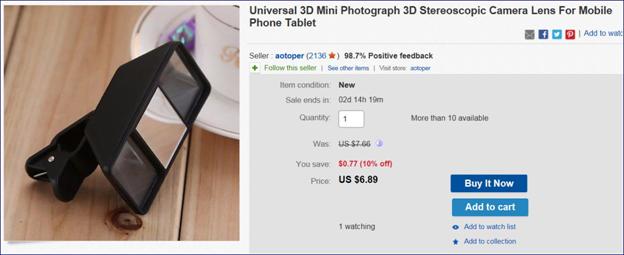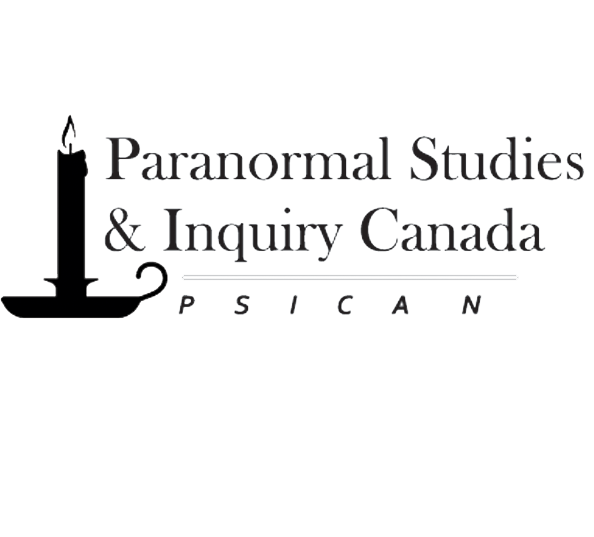I started experimenting with 3D photography to circumvent the pitfalls associated with near/on-lens-particle distortions early in the 2,000’s.
In 2005, using a LOREO 2-mirror film model with flash, I took a roll of photos at the most haunted Hotel in Texas near the Alamo and a obtained a print with prominent blue streaks over the image of the hotel lobby at night looking down from the 2nd balcony. Thinking the streaks were evidence of light leakage, I “stored” the materials for 8 more years before coming across them again and taking a closer look.

It turned out that due to the stereo images on a single print, it was apparent that not only were the blue streaks an unexplained anomaly, but the dual images had also captured a dramatic 18” diameter Orange Sphere alongside a life sized copy of an historic painting of the “Nativity Scene!” Due to its appearance at the appropriate location in both images, there was no question that it was the record of an actual phenomenon visible to the film camera and located just in front of and to the left edge of the famous painting!
The advantage of stereo images is that the likelihood of a near-lens object appearing in front of two independent apertures or lenses in the proper location simultaneously is so low as to be statistically small enough that the scientific conclusion of an appropriate object in both images is that it represents a real phenomenon caught in both fields of view simultaneously!
Viewing the pair of exposures with a 3D viewer, or with practice, by eye for the 3D effect is not as important as the fact that two independent fields of view photographed the same image in an appropriate position at the same “instant.”
This effect can be achieved in several different ways including two separate cameras held by 2 persons aimed at the same focal area and set off “simultaneously.” The only danger in this case is that should the object only be present for “an instant,” one or the other of the cameras may miss it unless they are connected in some manner for “exact” synchronization. I have analyzed
video frame by frame which demonstrated moving and “stationary” “mini” Balls Of Light phenomena that only lasted for several frames representing fractions of a second in real time. Therefore, a synchronized stereo set-up is recommended.
As of this writing in 2016, various excellent, “high end,” electronic stereo camcorders have become popular at semi-prohibitive prices most using just one lens and creating two, not quite overlapping, images of different colors rather than 2 separate images.. However, the old model used in the historic hotel photo has been resurrected and a number of other film models are still available, both at www.3DStereo.com from which I purchased my original as well as sites such as eBay.
In addition, a single digital camcorder, unfortunately without flash, is also available for around $100 U.S. that can take single frames also. I will discuss my way of overcoming the flash problem at the appropriate time below.
Those of you who own SLR cameras can purchase 3D “lens caps” to mount in place of the lens for practically all “high end” brands.
Finally, the web has many examples of those with some skills who mounted 2 separate, modestly priced, cameras side by side and synchronized their exposure mechanisms. Avoid cameras that use only a single lens and split the image internally into 2 offset images of different colors.
The 2 “lenses/mirrors” should be separated by at least the distance between average eyes of 6 cm or more. In this case, the real 3d visual effect only extends to a depth of less than 10 ft., however it is the synchronous timing that is important. Separating two cameras by any larger distance gives a deeper 3D field of view. If you are not shooting for anomalies, a single camera on a tripod can be used to take landscape photos by as much as 10 meters apart, focusing on the same point, to yield a stereo pair with quite impressive depth upon proper viewing.
Vintage film cameras with 3 or more lenses are available. Only the outer 2 images would be used for 3D viewing, however, the third, or fourth intermediate Lenses would yield additional valid comparison mages for documenting anomalies. The only drawbacks would either be ½ sized images, or more likely, the use of an extra full or partial frame limiting the number of film exposures per roll. For instance, 3 photos would only allow 24 “pictures” on a 36 frame roll of photo film. Also, negatives with more than 2, half-frame exposures could not be printed by most photo developer equipment. The extra images were tobe used for the making of refraction pictures. Those are the “corrugated” 3Dphoto images that may present the appearance of a 3D scene while tilted side-to-side slightly. However, today, with the use of computers, negatives can be scanned and the resulting images converted to reverse color, which will appear as normal. Any photo program will usually do. However, an incredible free program meant to be used in dozens of complex research applications called ImageJ, can be downloaded for free from the U.S. NIH, (National Institutes of Health).
There are even quite inexpensive adaptors available at the above websites and others to adapt modern “cell phone” cameras to 3D photography!

If you decide to buy a vintage Holga stereo film camera, make sure there are no letter “P’s” in the name. The “P” stands for “Pinhole,” rather than the 60 mm lenses. Pinholes provide incredible detail, but require time-exposures.

Above, an example of a 3D Lens for a modern SLR camera.

The relatively affordable Aiptek 3D digital camcorder. This seems to be the best of the low priced models, although it lacks a flash.
I’m sure that anyone with a little more dexterity than myself can figure out how to synchronize a relatively inexpensive separate flash. For myself, when I use it on single frame in really dim light or darkness, I count on the camera choosing a 1-second exposure. This is plenty of time for me to hold a separate Photo-flash in the other hand and manually trigger it with the “test” button, therefore providing the only real light for an exposure under these conditions.

An example of the incredibly low priced 3D adaptors for mobile phone tablets.
Best of luck to all!
Sincerely,
Chuck
Charles N. Lietzau, Ph.D
Questions and or comments may be directed to the author via his email address provided above.


